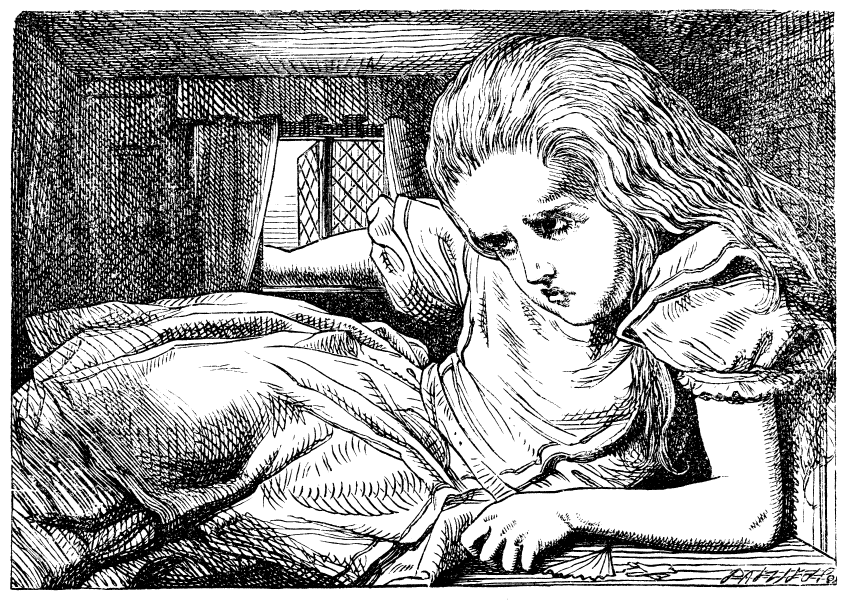When answering the question in the title, the answer that comes to mind first is to hire more people. But as we’ll dive into below, there’s a lot more to it than that.
Some of my recent travels have provided me the opportunity to spend time with more than a dozen CEO’s of growing mid-sized businesses (all of which are well beyond start-up mode) in both the US and Canada. Among all of the companies I spoke with, there was one question that came up more than any other: “If we are seeing robust market growth, why is it that our internal team can’t seem to keep up?”
Yes, the talent shortage is some of it, but as we discussed it more completely, there’s were deeper issues that emerged. Although it’s not something we’ve see in awhile, one of the bigger issues impacting firms at the moment is this truth: strong growth is as hard to manage as sharp decline.
What’s Going On
When markets decline sharply, we need to adjust capacity and resources, which leads to painful decisions. However, scaling too quickly forces the firm to embrace limitations at a rate that can be equally uncomfortable. There comes a point when you can’t catch up by sourcing into the organizational structure you have. Instead, you need to build a more capable organization while not losing a step on product quality or delivery.
This situation is more acute in firms that had a manageable linear growth path where a core team of people got together and organically grew their ability to source a new demand – and the market was kind enough to allow them to build at a rate that was comfortable. This usually allows the original team to all “grow” along with the business. In this situation, people tend to grow in place and the person who is the best subject matter expert usually becomes a “player coach” that leads a “team” that can keep up with the demands brought in from the marketing team – at least for a little while.
The deep internal drum beat or cadence that this group develops really comes to define the firm, and when the need to rapidly respond comes, it can feel like things are spinning out of control.
Where it Goes Wonky
We humans are pattern-making machines, and once we are comfortably ensconced in a set of relationships, we will fight hard to maintain that alignment in the face of new demands. This tendency shows up in protective leadership, who quite simply will fight any changes to increase the capacity of their organization at all costs. Taking the firm or a division in a larger firm to the next level demands a shift in approach across people, processes and technology. This can be very hard to do when the core team is fighting to stay in the status quo.
The Fix & the Price to be Paid
If the firm is going to grow to its full opportunity space and provide substantial return to its stakeholders, it’s clear that the core group needs to become more scalable. This means that you’ll need to seek new leadership that can build a team that has real decision making and insight at the front line level – not at the functional manager level. Needless to say, this will produce friction with the existing group who has gotten comfortable making all the decisions. After stalling out a time or two, at some point the leadership team usually recognizes that they need to push through the hard work and build an engine that can meet the market demands.
The price to get to scale is to work through the friction in a way that honors the values of the firm, and honors the work that the firm is called to do.
The actions are easy to describe and much harder to do. You need to build a proper team with decision and resource availability in the hands of people who are closest to the front line. This means we need real structure, delegation and alignment.
This will likely place some untenable pressure on some of the original team, who may choose to leave. This can be very hard for the founder, who in many cases has a huge investment of sweat and tears in the initial team.
What an Outside Resource Will Help You Do
A good outside resource, like a good product architect, will start by working with the senior leaders to get very clear on the firm’s role and how it would like to evolve. They will then go to work with you on securing the right people, processes and technology that will allow you to get to that next level.
This is a hard process, and one that many firms begin, but don’t complete. The good news is that there are geometric returns on the other side of this hard work. Financial yes, but also the satisfaction of seeing your firm grow in its impact on the employees, community and market.
Be prepared, as you will lose some of your “legacy” team who simply will not be willing to make the jump to the more distributed environment necessary for scale. It is at this point that the founder needs not to blink, because by backing off, they will anchor their firm to its current size, and set in place decline that will eventually take the firm to irrelevance.
I’ve built some custom tools and helped team cross this minefield multiple times. If you are feeling like the treadmill is rising faster than your firm can run, it would be great to have a conversation. Please reach out to me at at 847-651-1014 or by setting up an appointment at this link.
Related posts you can benefit from…


